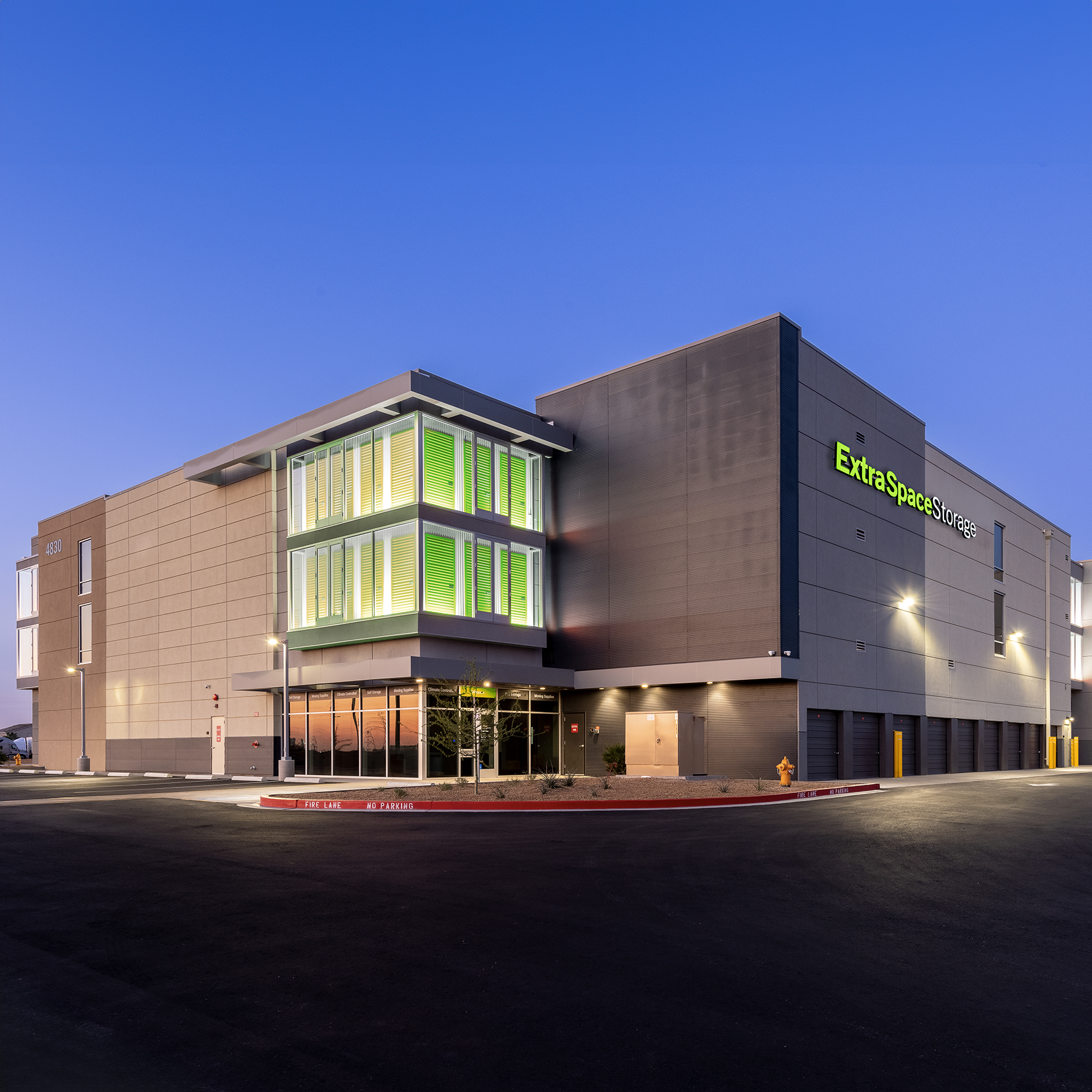4 MIN READ
4 MIN READ
Inside the Engine of Self Storage Returns
May 13, 2025 8:31:23 AM

What drives outperformance in self storage? It’s not just location—it’s configuration. Facility type, customer segment, and asset class designation all contribute to cash flow durability and upside potential. This guide explores the primary categories shaping the market—from Class A facilities in dense metros to vehicle storage in suburban growth zones—equipping investors with the insights needed to allocate capital strategically.
1. Climate-Controlled vs. Non-Climate-Controlled Storage
- Climate-Controlled Units: These facilities regulate temperature and humidity, protecting sensitive items such as electronics, antiques, and documents. Higher operating costs are offset by premium rental rates, making climate-controlled storage a strong choice in urban and high-demand markets.
- Non-Climate-Controlled Units: Traditional drive-up storage offers cost-efficient development and broad tenant appeal. These facilities cater to renters storing furniture, tools, or vehicles and are particularly attractive in suburban and rural locations.
2. Residential vs. Commercial Storage
- Residential Storage: Most self storage demand comes from individuals and families in transition—moving, downsizing, or managing excess belongings. Facilities in high-density or transient markets like college towns tend to see consistent occupancy.
- Commercial Storage: Businesses increasingly use self storage for inventory management, equipment storage, and document archiving. E-commerce retailers, independent contractors, and service providers often require drive-up units for convenience and accessibility.
3. Specialty Storage
- Vehicle and RV Storage: Outdoor and enclosed vehicle storage cater to growing demand from RV owners, car enthusiasts, and boat owners, particularly in regions with harsh winters or limited residential parking.
- Wine Storage: High-end, climate-controlled storage designed specifically for wine collectors has emerged as a niche investment opportunity in affluent markets.
- Document & Records Storage: Legal firms, medical offices, and corporations use storage facilities for secure document retention, often requiring specialized climate and security features.
4. Class A, B, and C Storage Facilities
- Class A: Modern, multi-story, climate-controlled facilities in prime urban locations with premium rental rates.
- Class B: Older, well-maintained facilities in secondary markets, offering stable cash flow and value-add opportunities.
- Class C: Aging or underperforming facilities, often acquired for redevelopment or repositioning.
Maximizing Investment Potential
Each self storage type presents unique advantages based on market dynamics and investor goals. A strategic mix of facility types, unit sizes, and targeted customer segments enhances portfolio resilience.
At DXD Capital, we identify high-performing self storage investments through data-driven market analysis and operational expertise. Explore industry data DXD Capital is using to position self storage investments for long-term success in a changing environment.
See More Posts
LOAD MORE
3 MIN READ
Buy Now, Pay Later: Helping Americans Make Stupid Decisions
LOAD MORE

